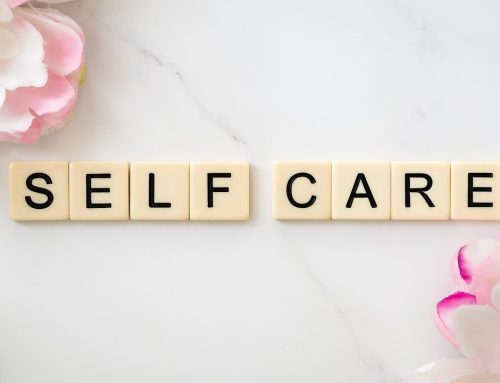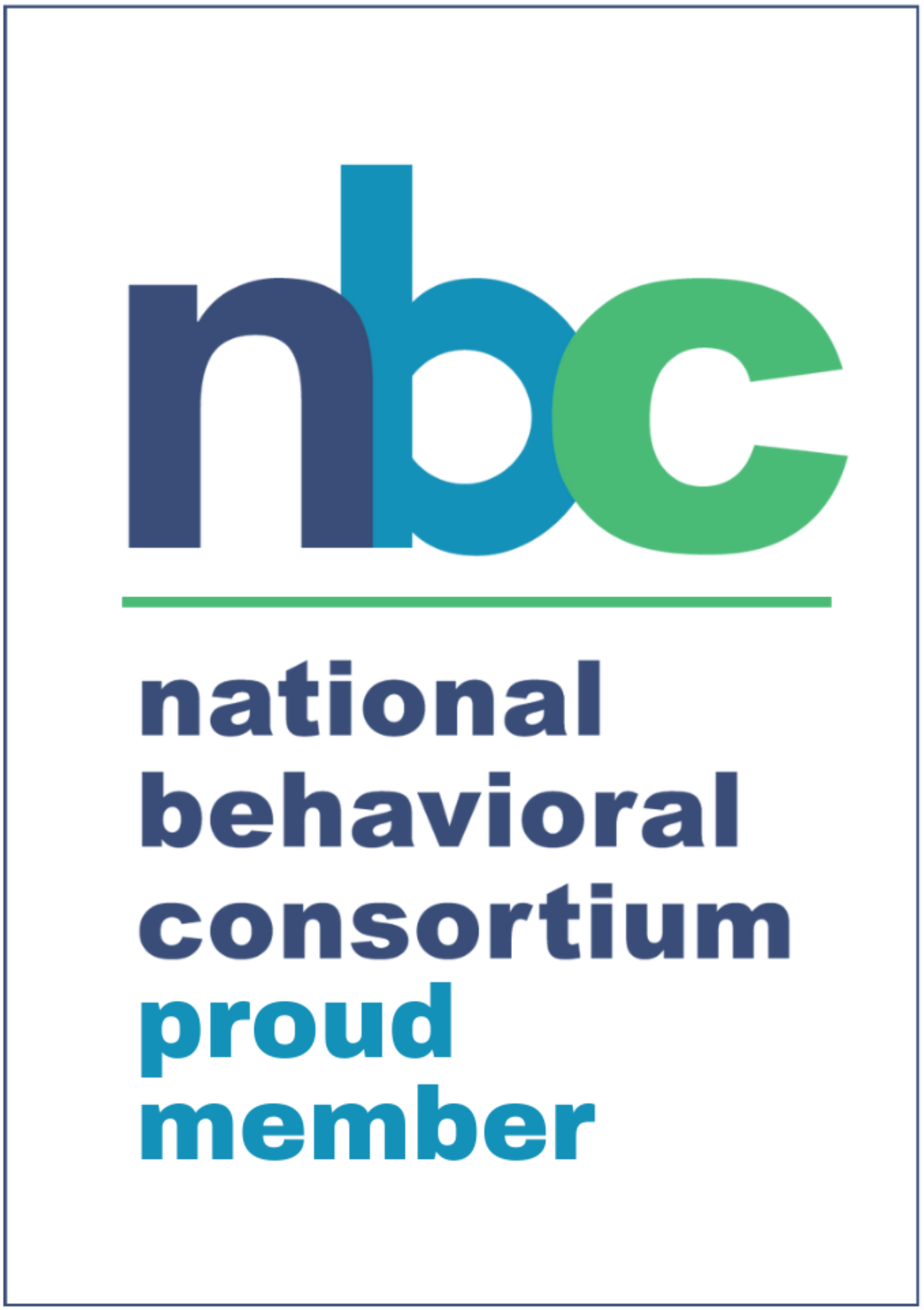Whether you are working remotely from home, are homeschooling children, or are otherwise stuck at home during the COVID-19 restrictions, it is important not to lose track of your fitness goals. It can be all too easy to slip into a more lax routine while confined to the home. Getting up in the morning later, moving directly from the desk to the couch after work, ordering take out when you have a fridge full of healthy food, and lost motivation from dealing with the stress and anxiety of isolation. All of these distractions, combined with the lack of access to workout classes, gyms, and your favorite public running spots can easily sap your motivation around your physical wellbeing, but it doesn’t have too! Below are some tips around working out at and around the home and some important concepts to keep in mind.
The importance of keeping the routine
Keeping a workout routine at home will help in a variety of ways. First off, a routine will help add structure to the day and give you a goal to reach adding motivation to your mix. You will also enjoy all the benefits that exercise has to offer including better mood, reduced risks of chronic disease, better sleep, increased concentration, more energy throughout the day, and the list goes on.
Key elements of a workout routine
- Warm-up – A warm-up gets your body ready to really move. Your warm-up should include a short duration (5-10 minutes) of light exercise such as walking, a slow pace on a real/stationary bike or elliptical, and some light stretches.
- Cardio – You should aim to get about 150 minutes of cardio per week. For cardio, your activities can include jogging, running, or even brisk walking. Just make sure to keep that heart rate up. If you own a treadmill, elliptical, or stationary bike, these work great for cardio. Even a jump rope offers a great, and cheap, form of cardio you can do at or around your home.
- Strength – This is any form of exercise that uses resistance to increase muscular strength. You should aim to do strength training at least twice a week, and there are several ways to do this. Bodyweight exercises are probably the easiest and most practical for at home workouts as you don’t need any equipment, just some space and your body. If you have some dumbbells or resistance bands, you can throw those into the mix. Just be sure to start slow, don’t use too much weight, and make sure to get at least a day of rest in between workouts, or at least work different muscle groups each day, to give your body a chance to recover. Don’t forget that eating well and getting plenty of sleep is key to your recovery period!
- Flexibility – A more flexible muscle is a stronger muscle. Maintaining and improving your flexibility also decreases your chance of injury during workout and daily activities, increases blood flow, and will help you stay mobile later on in life. Stretching should be something you do every day. You can do basic stretches or even try a home yoga routine. Again, make sure to warm your muscles up first, start slow, and when you’re stretching make sure to pay attention to your body. You should not feel any pain while stretching.
- Cooldown – Basically the same as a warm-up but at the end of your workout. A cooldown gives your heart a chance to slow down gradually, and your muscles to relax while still circulating blood so that you don’t get a build up of lactic acid which can increase soreness. Again, some mild walking, light stretching, and some nice slow movements should do the trick.
Keep track of what you’re doing
No matter what you choose for your home workout routine, it is important to track what you are doing to help set and maintain goals, gauge progress, and hit milestones. Here’s what you should be keeping track of:
- Distance – Miles run/walked, laps swam, yards sprinted, etc.
- Time – The minutes, seconds, or other fractions of time you spent doing a particular exercise.
- Intensity – Mainly for strength training. Track pounds lifted and repetitions of each exercise.
- Milestones and personal bests – Keep track of your best times, heaviest lifts, and longest runs/walks. These “bests” will help motivate you and give you something to beat.
- Other details – Anything else you want to track that may help you. This can be time of day you worked out, who you worked out with, personal metrics such as heart rate, weight, or even blood sugar levels for diabetics.
Stay motivated
- Challenge yourself and set goals – Setting goals like best times, weight lifted, or workouts per week are a great way to give yourself a goal to hit which will give more purpose and satisfaction to your efforts.
- Find a workout buddy – Finding a household member, or even a friend that you can have a virtual workout with over Facetime, Google Hangouts, or some other video call platform can be a great way to make workouts more fun and even competitive to boost motivation.
- Schedule your workouts – Again, in addition to adding structure to the day, scheduling your workout ensures there is time for it. If something comes up, make sure to reschedule your workout immediately. Don’t skip it!
- Make it into a habit – The key here is keeping to your routine. Keep the routine long enough and working out just becomes something you do. It will no longer be a chore or something you “have to do.” It will become an integral and important part of your day you will not want to miss.
Resources
- Your surroundings and your body – You don’t need a fancy home gym or a bunch of equipment to workout. You just need your body and some space. You can find tons of great bodyweight exercises online, and don’t forget to get outside and walk/jog around the block.
- Cheap equipment – If you want to do more than just bodyweight exercises but don’t want to break the bank, look for cheap and practical equipment. There are lots of options including a jump rope, a small set of dumbbells, a yoga mat, and exercise balls. These are all great additions to your home workout and can be found easily online.
- Free Workout Apps and Videos – Online you can find a ton of great and free workout videos and apps. These include Aaptiv, for tons of voice-guided workouts. Fitbit Coach, for video workouts that you don’t even need a Fitbit for. Asana Rebel, for accessible, guided yoga routines. Adidas Training and Running, for a bunch of free audio and video workout guides. FitOn for a mobile-friendly workout video streaming experience. These are just a sample of what’s out there and are also free. Make sure to look around for an app or videos that fit your style and goals.
To Your wellbeing,
– The MINES Team
Remember: You should only work out if you are healthy enough to do so. Consult a doctor if you are just starting a workout routine, and refrain from working out when sick or injured.











Leave A Comment